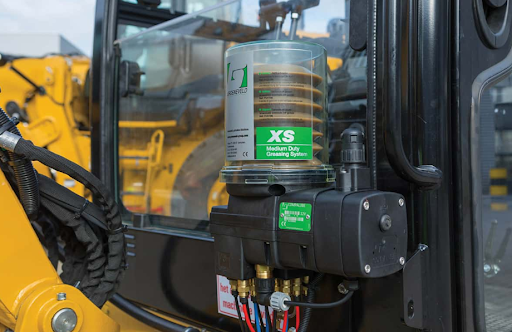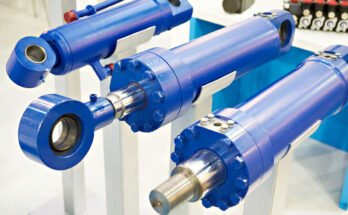Nowhere does the concept of the “daily grind” ring as literally as in industrial machinations that need automatic lubrication systems. In the world of manufacturing, time is money. When equipment malfunctions or breaks down, it can cost businesses thousands of pounds in lost productivity and repairs.
That’s why it’s essential to keep your machinery in top condition with regular maintenance, including lubrication. However, manual lubrication can be time-consuming, messy and inefficient, leading to over or under-lubrication, or even missed lubrication points.
That’s where automatic lubrication systems come in, providing reliable and precise lubrication while reducing waste, costs and downtime.
Added Benefits Of Automated Lubrication
Aside from automating the process and making factories and work sites less chaotic, there is more to these systems. Thanks to the way they’re designed, these implements offer a range of advantages that make them so valuable. Let’s explore these surprising benefits of automated lubrication systems that can help businesses operate more efficiently and sustainably.
1) Minimising Routine Maintenance
One of the most significant and flagship benefits of automatic lubrication systems is that they can minimise routine maintenance tasks. Instead of manual lubrication, which can take time and effort, automatic systems can lubricate machinery during operation or scheduled downtime.
And they can do so without requiring constant attention. This means that maintenance staff can focus on other critical tasks, reducing labour costs and freeing up time for tasks.
2) Reliable Lubrication
Manual greasing can lead to over or under-lubrication, which can cause equipment damage and downtime. Automatic lubrication systems can provide precise, consistent and reliable lubrication, reducing the risk of equipment failure and downtime.
They can also control the amount of lubrication delivered, preventing over-lubrication that can waste lubricants, clog filters or contaminate products.
3) Minimised Waste
Delivering precise amounts of lubrication to each point reduces lubricant waste, spillage and contamination. This can lead to better management of resources and a cleaner working environment. Additionally, automatic lubrication systems can be designed to use lubricants more reliably, reducing the wide-ranging impacts of wasteful machinery lubrication.
4) Lower Costs
While automatic lubrication systems may require a higher upfront investment, they can provide significant long-term cost savings. Reducing labour costs, maintenance downtime and equipment failure are the main economic upsides of automatic lubrication.
These can pay for themselves in a matter of months or years. Additionally, the precise and efficient delivery of lubrication can reduce the amount of lubricant needed, leading to lower lubricant costs over time.
5) Safer Operation
Manual lubrication can be hazardous as it requires workers to access moving parts and hot surfaces. This exposes them to risks such as burns, cuts and falls. Automatic systems can operate safely and reliably without exposing workers to these risks. This improves workplace safety and reduces the likelihood of accidents and injuries.
6) Industrial Versatility
Automated lubrication systems can be designed to meet the specific lubrication requirements of various industries and applications. From food and beverage to heavy equipment and mining, the possibilities are varied.
These systems can utilize custom commands to deliver lubrication to specific points, assess pressures and temperatures, and use compatible lubricants. This versatility can improve machinery performance and reduce maintenance costs across a range of industries.
7) Sustainable and Eco-Friendly
In order to mitigate unreliable industrial practices, automated lubrication systems can contribute to sustainability and environmental protection. By reducing lubricant waste and preventing over-lubrication, these systems can reduce the environmental impact of machinery lubrication.
Plus, automatic lubrication systems can be partial to biodegradable and environmentally friendly alternatives to conventional lubricants. This contributes to a cleaner and more sustainable manufacturing environment.
Conclusion
Automatic lubrication systems offer a range of surprising benefits that go beyond lessening the burden of the central task. They can help businesses operate more efficiently, sustainably and safely.
These systems can deliver significant advantages over traditional manual lubrication methods. By investing in automatic lubrication systems, businesses can increase productivity, reduce downtime, and make the process more reliable.



